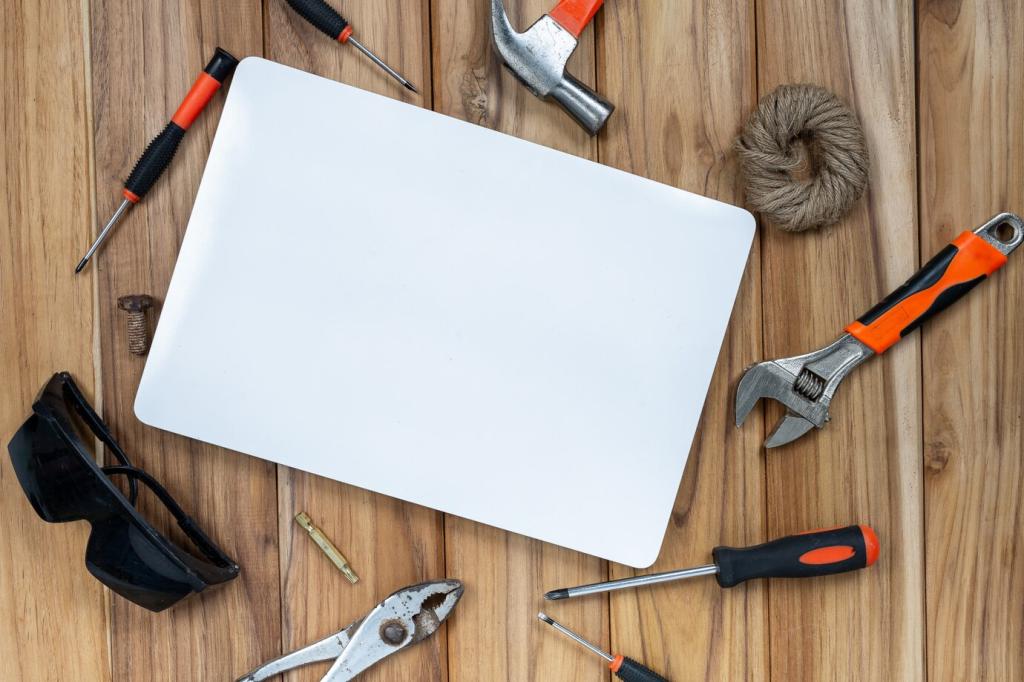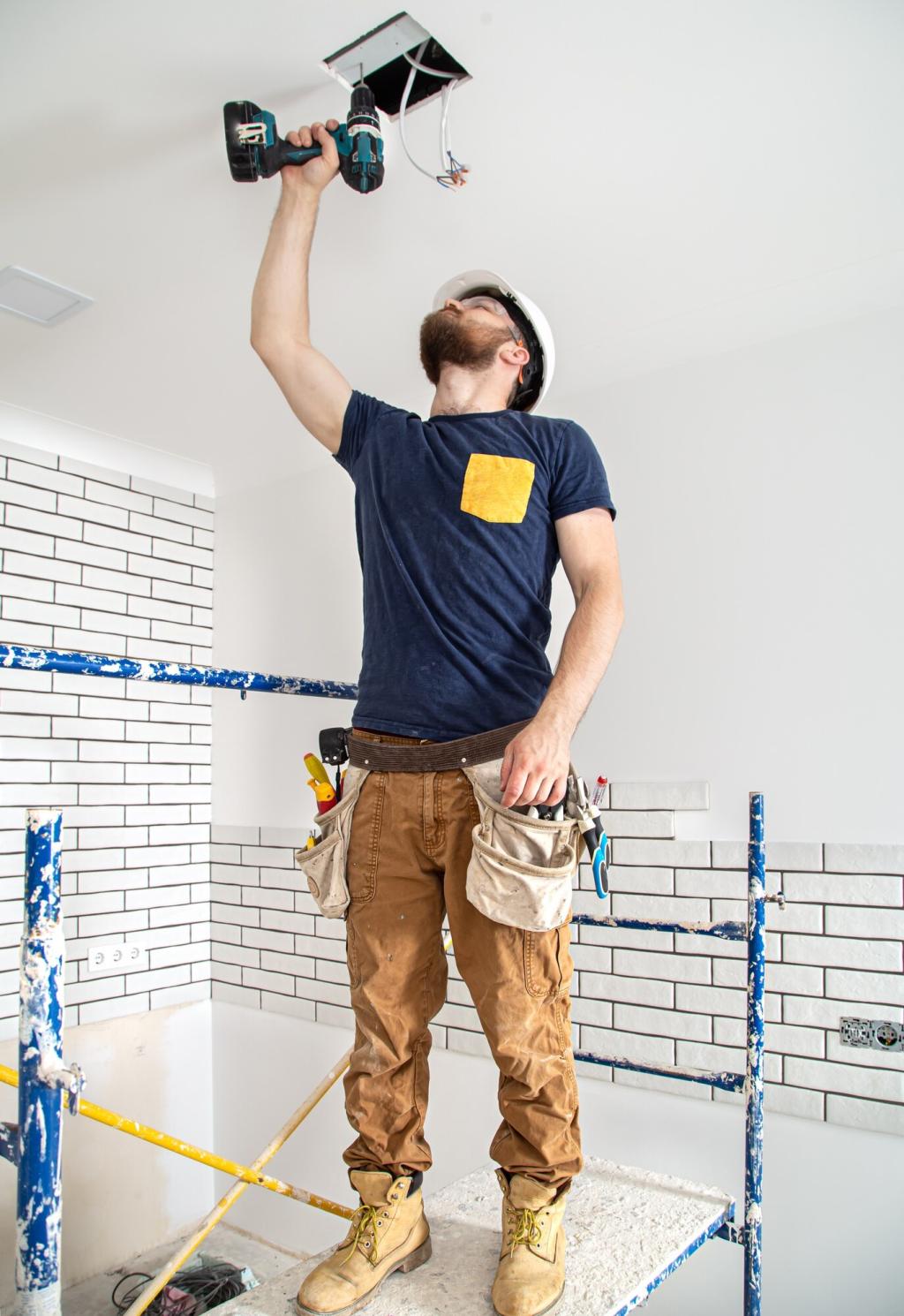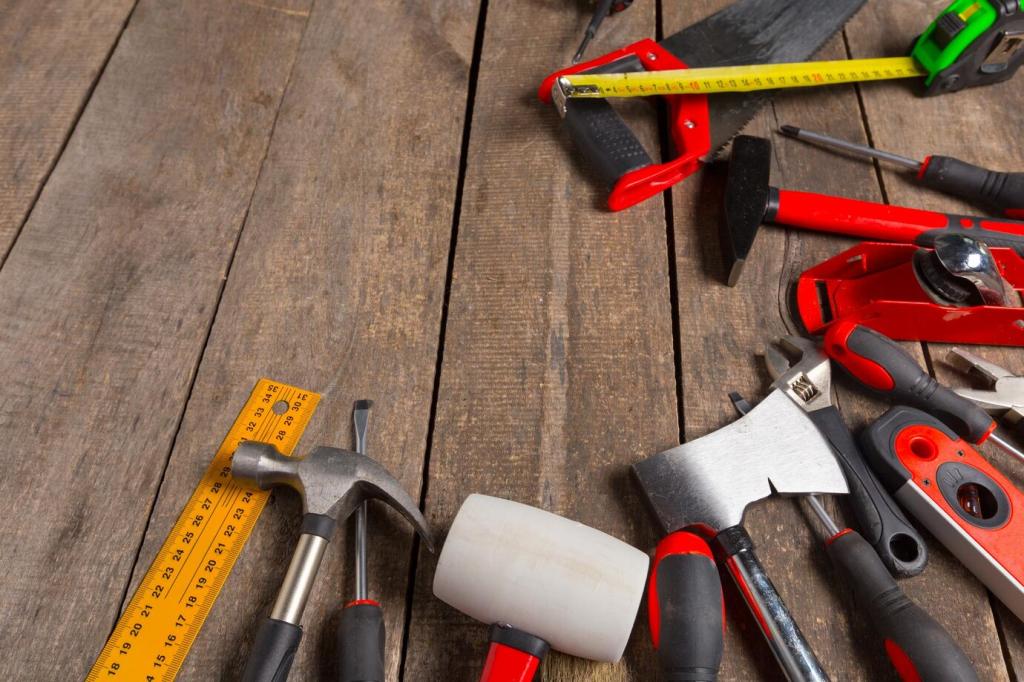
DIY Upholstery Repair Kits: Bring Worn Seats Back to Life
Chosen theme: DIY Upholstery Repair Kits. Ready to heal torn seams, scuffed corners, and faded fabric with confidence? Explore approachable techniques, real-world stories, and small wins that make repairs empowering. Subscribe for weekly kit hacks, and share your before-and-after photos with our community.

This is the heading
Lorem ipsum dolor sit amet, consectetur adipiscing elit. Ut elit tellus, luctus nec ullamcorper mattis, pulvinar dapibus leo.

This is the heading
Lorem ipsum dolor sit amet, consectetur adipiscing elit. Ut elit tellus, luctus nec ullamcorper mattis, pulvinar dapibus leo.
Fabric and Finish Fundamentals
01
Reading Fabric Weaves and Backing
Examine weave tightness and any bonded backing. Looser weaves often need a sturdy patch and more adhesive coverage to prevent fraying. For backed fabrics, lighter adhesive layers typically yield smoother edges. Test a tiny area first to predict how the fibers respond.
02
Color Matching Without Guesswork
Use daylight to assess color compounds from your DIY upholstery repair kit. Mix micro-drops on a plastic palette, then dab near the damaged area. Let it dry before judging. Document ratios so you can reproduce the shade across multiple cushions reliably.
03
Patches, Fillers, and When to Use Each
Large tears usually need a backing patch for strength, while small punctures benefit from flexible filler for seamless blending. On high-stress areas, combine both: patch first, then skim with filler. Sand gently if recommended, and apply color only after curing completes.

Invisible Seam Repairs on Split Upholstery
Recreate tension by aligning edges with binder clips before adhesive. Insert a thin backing strip where possible, then apply flexible adhesive sparingly. Press with grain paper to mimic texture, and let each stage cure. Patience here prevents puckering and keeps the seam discreet.

Heat-Set Fixes for Vinyl and Leather Burns
For small burns, trim charred edges neatly, fill the depression with compound, and heat-set using your DIY upholstery repair kit’s tool. Apply grain paper to imprint texture. Build color in thin layers. Overheating glosses the surface, so keep the tool moving intentionally.

Strengthening Sagging Cushions and Corners
If foam has collapsed, augment structure before cosmetics. Add new foam inserts, wrap with batting, then address fabric fatigue using patches or reinforcement adhesives. Corners take abuse; extra backing fabric inside the cover stops future tearing and extends the life of the repair.
Real Stories from the Workshop
A brittle leather arm cracked every winter. We patched a split seam with backing fabric and color-matched filler, then conditioned deeply. The chair’s creak softened, the crack disappeared, and Sunday reading returned. Post your heritage-chair save and tell us what kit you trusted.
Troubleshooting and Avoiding Do-Overs
Too much adhesive creates a cardboard feel. Use a thinner layer and let it tack before pressing. For existing stiffness, gently warm and massage to regain flexibility. Always test on scrap, and log your exact adhesive quantity for repeatable softness across projects.


Troubleshooting and Avoiding Do-Overs
Artificial light can mislead. Recheck color outside, then tweak with a hint of complementary tone from your DIY upholstery repair kit. Build in translucent layers instead of one heavy coat. Photograph progress, and keep notes so the final cushion matches neighboring panels.
Aftercare: Keep Repairs Looking New
Avoid harsh solvents and abrasive brushes. Use dilute, pH-balanced cleaners, microfiber cloths, and blotting rather than scrubbing. Clean spills promptly, then air-dry. Gentle routines preserve adhesive flexibility, prevent color lift, and keep your repaired areas blending perfectly with original upholstery.
Aftercare: Keep Repairs Looking New
Apply conditioner sparingly to maintain suppleness, then add UV protectant on sun-exposed seats. This prevents dryness and fade lines around repaired sections. Always spot-test products first, and reapply seasonally. Comment with your favorite protectants so readers can build a trusted aftercare kit.


